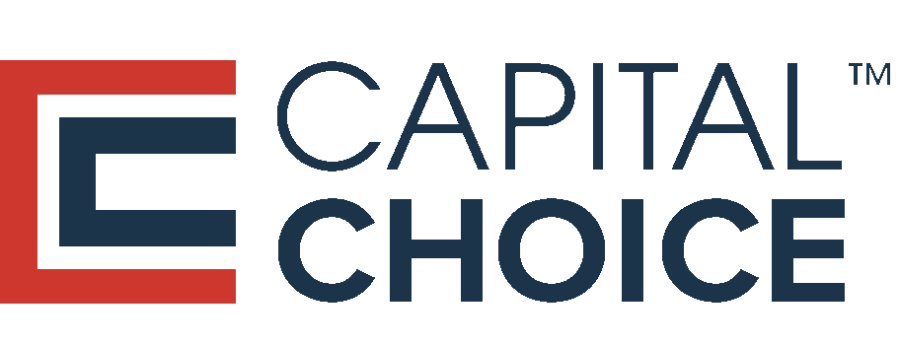Starting your career comes with its fair share of challenges and learning curves, and one subject that often bewilders professionals of all ages is the realm of retirement savings. A term that you will frequently come across is “401(k).” Recognized as a crucial tool for long-term financial planning, understanding how a 401(k) works can empower you to make informed decisions for your future. This blog post will break down the ins and outs of 401(k) retirement plans, their tax benefits, contribution guidelines, and more.
What is a 401(k)?
A 401(k) is an employer-sponsored retirement savings plan that allows employees to save and invest a portion of their paycheck before taxes are paid. It’s named after the section of the U.S. tax code that governs it. Plans can vary across different employers, but the basic premise remains the same.
How Does a 401(k) Work?
Once you opt into your company’s 401(k) plan, you decide what percentage of your paycheck you want to contribute. These contributions are automatically deducted from your salary and placed in your 401(k) account. Within the account, you’ll generally have a range of investment options to choose from, typically mutual funds that are comprised of stocks, bonds, and money market investments.
Understanding Target Date Mutual Funds
Among the investment options available in most 401(k) plans are target date mutual funds. These funds are specially designed to automatically adjust their asset allocation with the goal of optimizing returns as you approach retirement age. The name “target date” refers to the estimated year you plan to retire. Early on, these funds typically invest more heavily in stocks, aiming for growth. As the target date nears, the funds gradually shift towards more conservative investments, like bonds, to protect your accrued savings. This automated adjustment mechanism makes target date mutual funds a favored choice for individuals looking for a hands-off approach to their retirement investments. However, it may not be the right fit for someone wanting to invest more proactively.
The Tax Advantages
The immediate tax advantage of a traditional 401(k) is that your contributions are made pre-tax. This reduces your taxable income, meaning you pay less in taxes now. The funds then grow tax-deferred, meaning you won’t pay taxes on any investment gains until you withdraw the money in retirement.
Considering Roth 401(k) Options
In addition to traditional 401(k) plans, some employers offer a Roth 401(k) option. Unlike the pre-tax contributions of a traditional 401(k), Roth 401(k) contributions are made with after-tax dollars. This means you pay taxes on the money now, but in retirement, you can make withdrawals tax-free, including the earnings your investments have accrued. This can be particularly advantageous if you expect to be in a higher tax bracket in retirement, as it allows for tax-free growth and withdrawals. When evaluating your employer’s 401(k) plan, asking about the availability of a Roth option and considering your current and future tax situation can help you decide which type of account is right for your financial planning.
Contribution Limits
The Internal Revenue Service (IRS) sets annual limits on how much you can contribute to your 401(k). As of 2024, the contribution limit is $23,000 if you’re under 50 years old. For those aged 50 and older, there’s an additional “catch-up” contribution allowance( 2024 is an extra $7,500), which enables a higher contribution to bolster retirement savings late in one’s career.
Early Withdrawal Penalties
It’s important to understand that a 401(k) is designed for retirement savings. Withdrawing funds before the age of 59 ½ usually triggers a 10% early withdrawal penalty and the regular income tax you’ll pay on the distribution. There are some exceptions, including financial hardship, but in general, it’s advisable to avoid early withdrawals if possible.
Employer Matching Contributions
One of a 401(k) most compelling features is employer matching. Many companies offer this perk, where they match your contributions up to a certain percent of your salary. This is essentially free money, boosting your retirement savings at no extra cost to you. Understanding your employer’s vesting schedule — the time period you need to work at the company before you own all of your matching contributions — is also crucial.
Conclusion
401(k) plans offer an accessible entry point into the world of investing and retirement planning for professionals of all ages. By capitalizing on the tax benefits, staying within contribution limits, and taking full advantage of employer matching, you can set a robust foundation for your financial future. Remember to review your plan options annually as your career progresses and your financial situation evolves.
Take the steps today to prepare for your tomorrow. Your future self will thank you for the foresight and financial acumen you take now, guiding you toward a secure and comfortable retirement.



